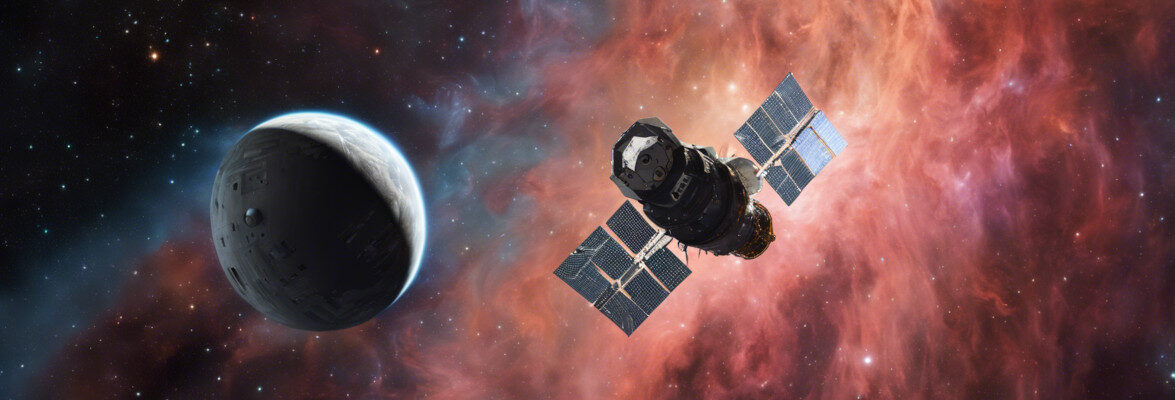 An article published in the journal “Nature” describes the discovery of five pairs of supermassive black holes in galaxies in the final stages of mergers. A team of researchers coordinated by the University of Maryland used data gathered at the Keck Observatory in Hawaii and in over twenty years by the Hubbble space telescope to find out these cases among hundreds of galaxies selected from those with strong X-ray emissions detected by the Swift space telescope.
An article published in the journal “Nature” describes the discovery of five pairs of supermassive black holes in galaxies in the final stages of mergers. A team of researchers coordinated by the University of Maryland used data gathered at the Keck Observatory in Hawaii and in over twenty years by the Hubbble space telescope to find out these cases among hundreds of galaxies selected from those with strong X-ray emissions detected by the Swift space telescope.
A galaxy merger represents an opportunity for growth for the supermassive black holes hosted by the galaxies that are merging thanks to the amount of gas and dust that get moved and that are sometimes routed by gravity towards their nuclei. When these materials approach the black hole’s event horizon they can heat up to the point of emitting X-rays that can betray their presence.
The search for pairs of supermassive black holes is complex and in October 2017 the publication of two articles, one in “The Astrophysical Journal” and one in the journal “Monthly Notices of the Royal Astronomical Society” (MRAS), reported the discovery of 5 possible pairs in another case of search among many galaxies. Now a team coordinated by the University of Maryland and led by its former alumni Michael Koss discovered 5 more pairs that according to the researchers are a very clear result, with no doubts.
The image (NASA, ESA, and M. Koss (Eureka Scientific, Inc.); Hubble image: NASA, ESA, and M. Koss (Eureka Scientific, Inc.); Keck images: W. M. Keck Observatory and M. Koss (Eureka Scientific, Inc.); Pan-STARRS images: Panoramic Survey Telescope and Rapid Response System and M. Koss (Eureka Scientific, Inc.)) shows the 5 pairs. At the top there’s NGC 6240, about 330 million light years from Earth, on the right the whole galaxy and on the left a detail of the double nucleus seen at infrareds. Below it there’s a similar composition of the other pairs discovered.
The galaxy NGC 6240 was studied some time ago by another team that focused on its formations similar to butterfly wings, concluding that among the forces that generated them there’s a pair of supermassive black holes. We see the nuclei of the two original galaxies separated by about 3,000 light years, almost an embrace in cosmic terms. According to Michael Koss’s team, they will probably merge within the next 10 million years.
Despite the emissions from these merging galaxies, it can be difficult to detect the signs of supermassive black hole pairs because significant amounts of gas and dust attracted to them can also block many electromagnetic wavelengths. Researchers must look for emissions that pass through those materials to hope to discover them and on the bright side there’s no hurry because those mergers go on for many millions of years before the supermassive black holes merge as well.
These difficulties make it difficult to draw conclusions about the number of these events and their influence on the galaxies and supermassive black holes involved. The consequence is that there are discussions on this subject with the hope of being able to gather more information in the future with the launch of the James Webb space telescope, now scheduled for 2021. In the case of merging supermassive black holes, it can be an excellent object of study also thanks to the multi-messenger astronomy that includes the new branch based on gravitational waves.

